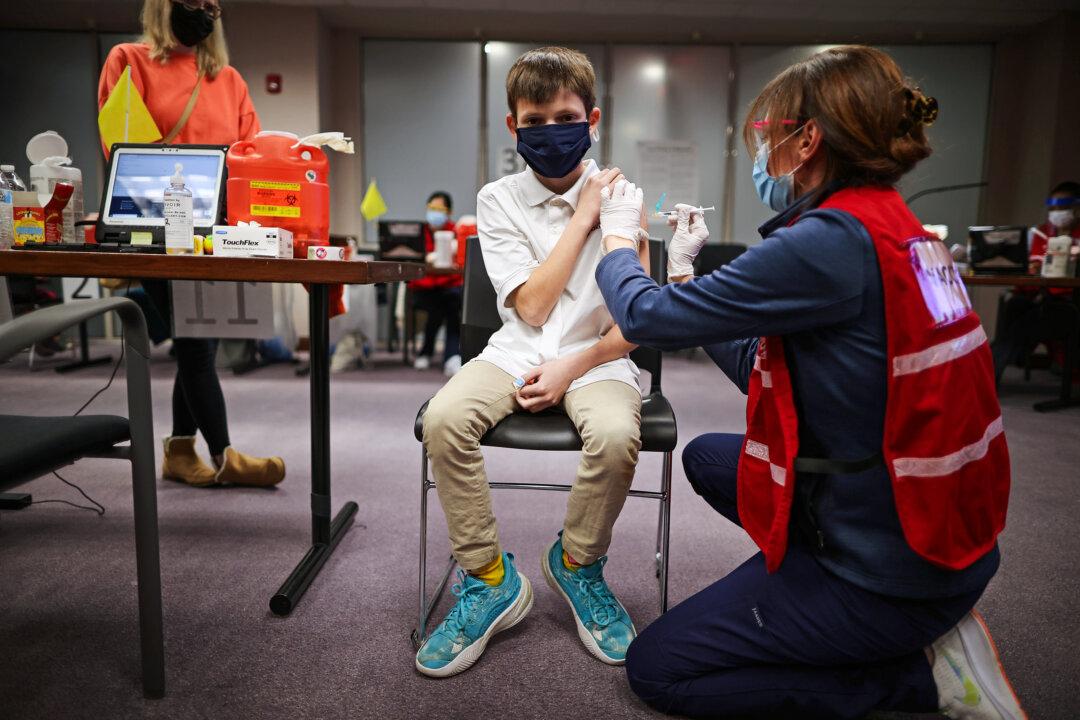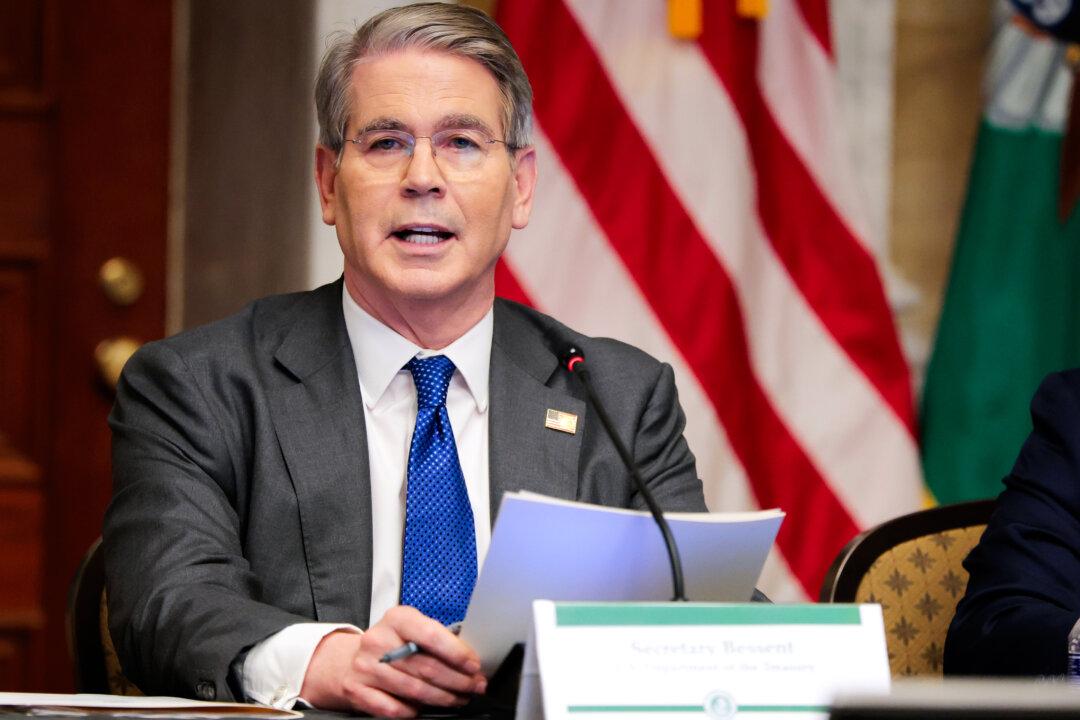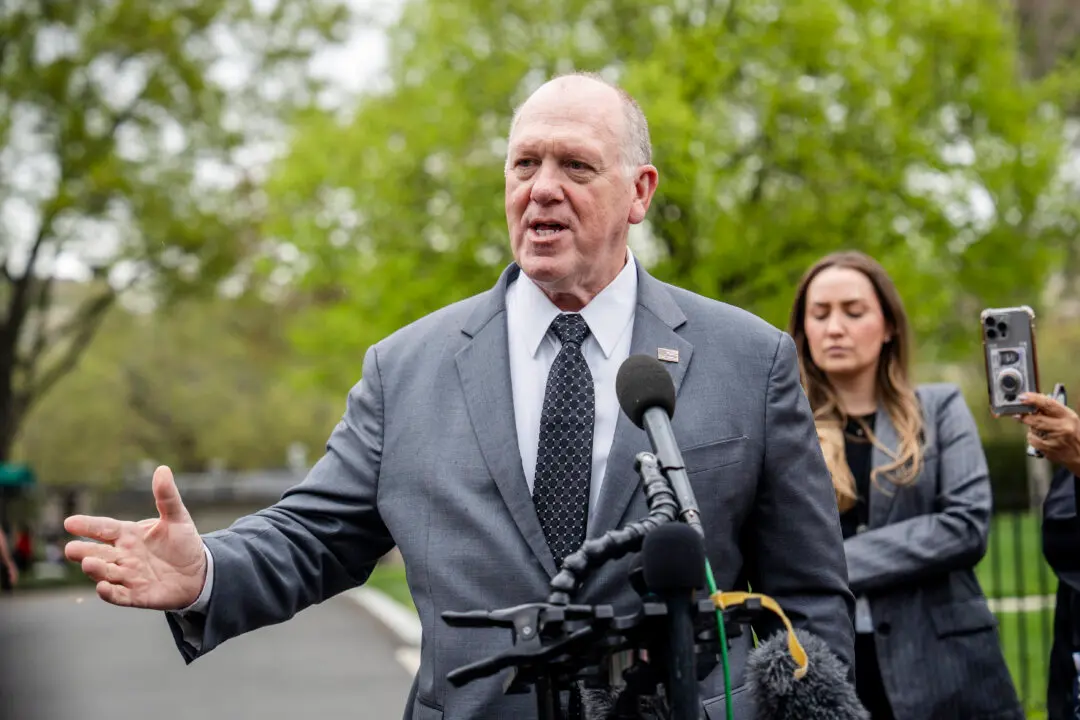Pharmaceutical giant Pfizer slashed its profit and revenue estimates for a full year as it said that demand for COVID-19 vaccines and other products has dropped.
The firm now expects 2023 sales of $58 billion to $61 billion, down from previous forecasts of $67 billion to $70 billion, according to its guidance report that was released on Friday, Oct. 13. The revenue outlook was slashed, it said, “solely due to its COVID products” such as its vaccine and antiviral drug.





